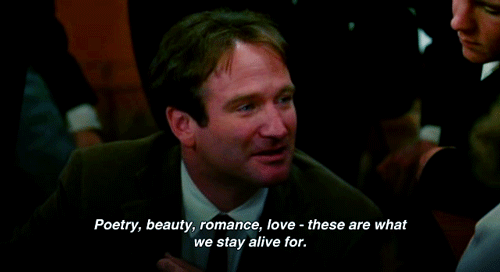
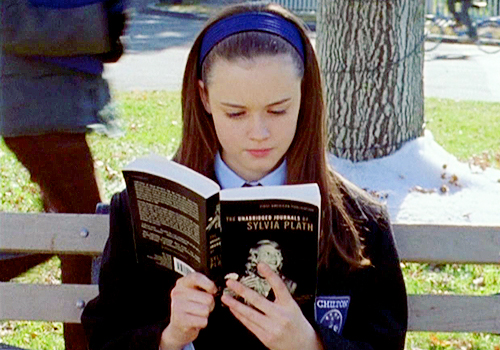
What do Lisa Simpson and Rory Gilmore have in common? They’re both well-read fictional ladies with an affinity for classic poets who had bestsellers in 2014: Emily Dickinson and Sylvia Plath.
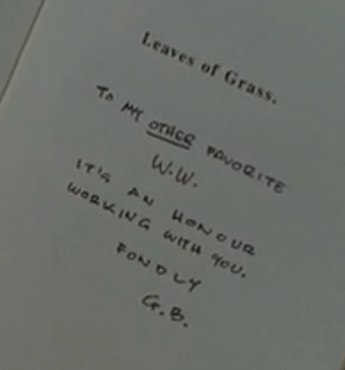 These and other classic poets are studied by university students; they’re the subject of feature films starring James Franco as Allen Ginsberg or Gwyneth Paltrow as Plath; and scattered throughout popular culture, they’re read by fictional intellects, introverts, cynics, and romantics. Admittedly, I feel a particular joy when poetry and popular culture collide—where does Walt Whitman begin and Walter White end?
These and other classic poets are studied by university students; they’re the subject of feature films starring James Franco as Allen Ginsberg or Gwyneth Paltrow as Plath; and scattered throughout popular culture, they’re read by fictional intellects, introverts, cynics, and romantics. Admittedly, I feel a particular joy when poetry and popular culture collide—where does Walt Whitman begin and Walter White end?
And yet, popular culture and data on recurring poetry bestsellers suggest that we privilege poetry of another time; even Bart Simpson says he’s “familiar with the works of Pablo Neruda.” While these poets are a testament to the genre, contemporary poets continue to write powerful poetry that should be read by all Canadians.
To celebrate National Poetry Month, we’re investigating sales trends and the bestselling poetry of 2014. Much like Lisa Simpson and Rory Gilmore, Canadians consistently gravitate towards the classics (perhaps trying to complete Rory or Lisa’s reading lists). For the best minds of our generation, CBC Books has highlighted “15 poetry collections to watch for in 2015.”
Often in The Canadian Book Market, the top 10 hardcover and paperback titles in the Poetry category comprise perennial bestsellers such as Sylvia Plath, Charles Bukowski, Leonard Cohen, and Mary Oliver. These perennial bestsellers are reliable poets to stock, as they contribute substantially to the category’s market share and stability. That being said, the top 3 titles in 2014 were written by contemporary poets working in multiple disciplines:
2014’s bestselling Poetry titles:
- Chasers of the Light, Tyler Knott Gregson
- Love & Misadventure, Leav Lang
- Lullabies, Leav Lang
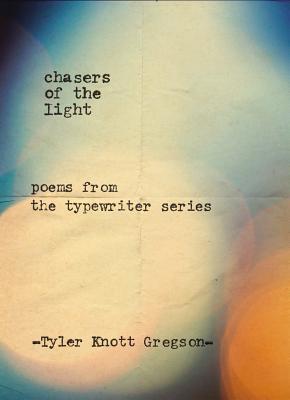
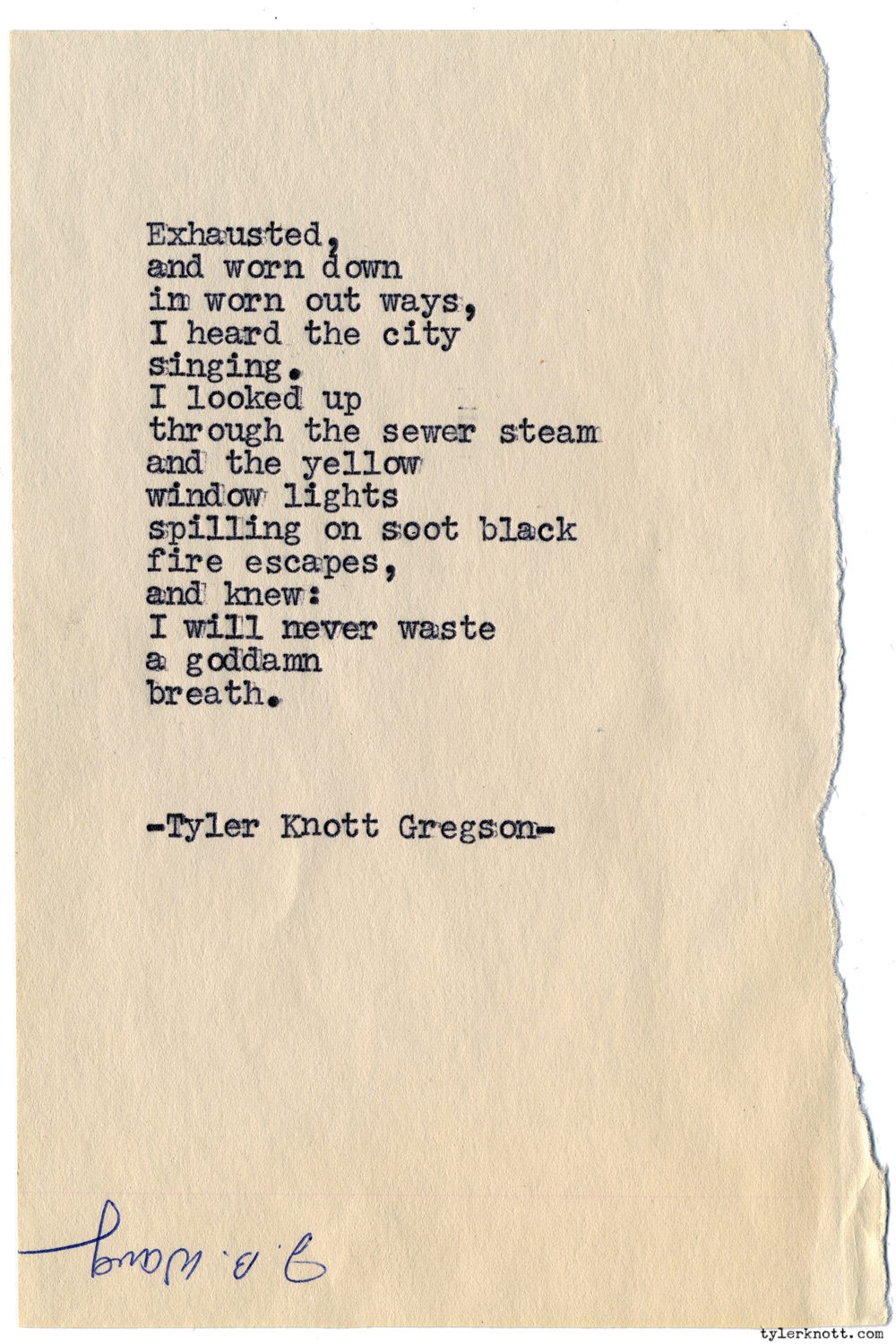
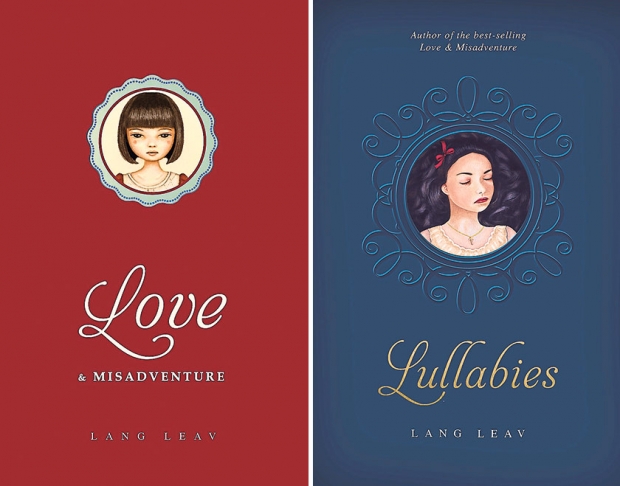
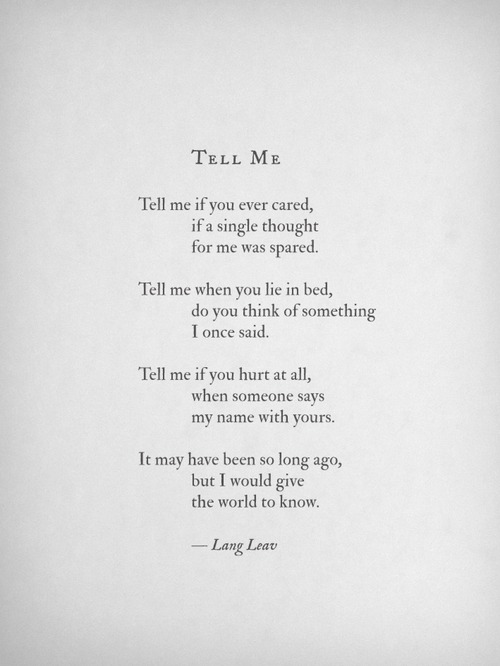
Tyler Knott Gregson is a professional photographer and the creator of the Typewriter Series—raw poems typed on scrap pieces of paper, now featured in his collection, Chaser of the Light. Rumor has it that he started the collection after stumbling upon a vintage Remington typewriter. He then spontaneously typed a poem using a page from a $2 book he was buying. In an interview with The Wall Street Journal, he explains: “I just did it all at once and it was like stream of consciousness, I didn’t plan it or think it through—I just let it go.”
Claiming the next two spots is visual artist and author Leav Lang. Working within multiple disciplines, the collections feature illustrations that have become signatures of her “child-like facade.” Both collections, Love & Misadventure and Lullabies, explore the universal experience of love and loss and have been described as “whimsical and woeful.” Due to its meditation on love, Love & Misadventure saw a 54% increase in sales leading up to Valentine’s Day.
Notably, the sales peak in September directly correlates to the publication dates of Lullabies and Chasers of the Light.
Poetry sales are stable!
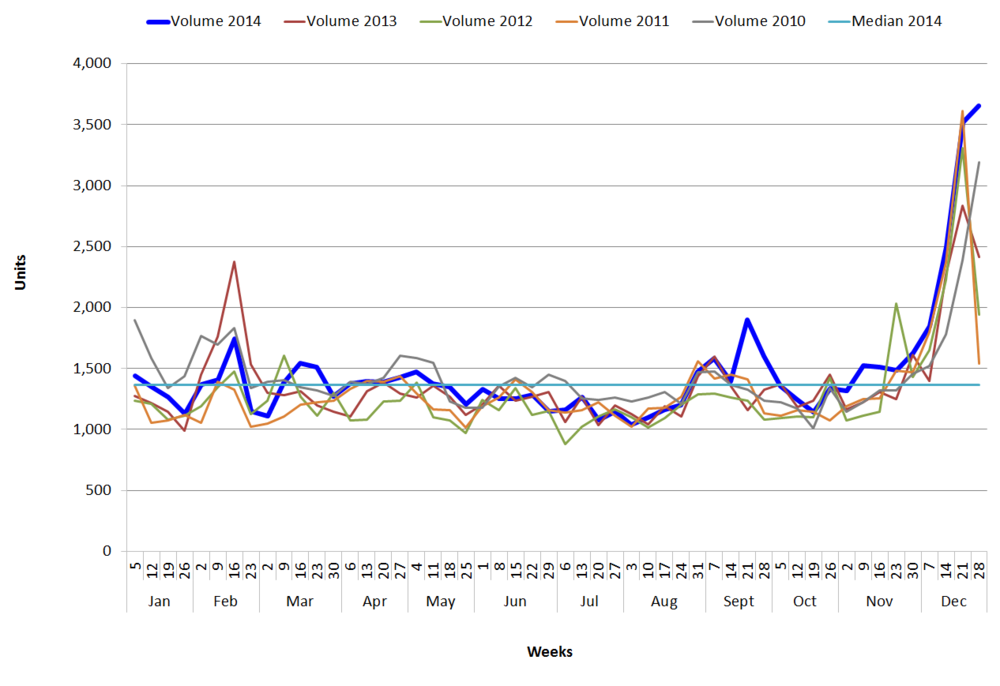
In our previous blog post, we suggested that the ongoing decline in print sales is likely influenced by new technology, devices, and ebook vendors in Canada. While categories like Romance and Mystery/Detective seem to be directly affected by ebook sales, Poetry sales have remained relatively stable over the past five years. From 2013 to 2014, Poetry saw a 7% increase in units sold, and a 6% increase the year before that, among comparable stores. While the category is small, representing less than 1% of the total market, it continues to have relatively stable and predictable print sales (The Canadian Book Market 2014).
In addition to stable print sales, Poetry experiences predictable boosts in sales throughout the year. Most notably, there is a spike around Christmas and Valentine’s Day. Roses are red, violets are blue, and nothing says “I love you” better than Pablo Neruda’s Love Poems (ranked #4 on the 2014 Poetry bestseller list according to BNC SalesData), Lang’s Love & Misadventure, and, for the more cynical, Love is a Dog from Hell by Charles Bukowksi.
The future of poetry
At this year’s Tech Forum, Artie Moffa of Yellow Buick Review discussed best practices for formatting poetry ebooks and effectively demonstrated that “poetry ebooks have run out of excuses.” (You can watch the full talk here.) Following a reading of “Rumpelstiltskin” by Glen Maxwell, Moffa stated that “when poetry is delivered as prose, it becomes prosaic.” The same sentiment surrounds the challenges specific to developing Poetry ebooks, in particular the difficulty in maintaining line breaks when transferring poems from paper to screen.
Format is an important tool for poets. As Moffa said: “The line is the defining unit of poetry” and “the line break and the indent are two of the poet’s most powerful tools to convey pace, mood, and voice to the reader.” When developing solutions for Poetry ebooks, a poem’s structure should be handled with the same care and attention that we give to prose.
These developments are progressive and exciting, and only time will tell if advances in ebooks will cause Poetry print sales to go the way of Fiction categories—again, this wouldn’t mean that people aren’t reading; it would just mean they were reading differently.
So whether you prefer classic or contemporary poets, be sure to buy poetry and support Canadian poets in the spirit of National Poetry Month! From the wise words of John Keating (RIP Robin) in Dead Poets Society:
